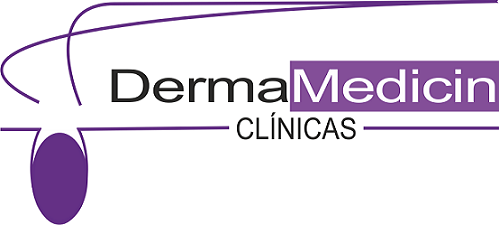
Skin blemishes are one of the main reasons for consultation in Dermatology. The first thing to keep in mind is that any blemish on the skin requires a specialized assessment by a dermatologist, who is a doctor with the sufficient training to differentiate whether it is an important blemish, such as lentigo maligna melanoma, or if it is a banal spot, because the treatment in both cases is very different.
How are their assessed?
To assess them, your dermatologist may use different instruments such as, for example, a magnifying glass, a dermatoscope with polarized light, Wood's lamp...

How can cosmetic dark blemishes be treated?
Likewise, banal or aesthetic spots can also be of different types, namely simple lentigines, seborrheic keratoses, melasma, etc., with a wide variety of treatment options:
- Depigmenting creams: These are treatments that are carried out individually according to the patient's skin type (sensitivity, phototype...) and require close control by the dermatologist, which will be essential to obtain a satisfactory result. They are based on active ingredients with depigmenting potential, such as kojic acid. In addition, antioxidants and some type of acid are usually associated with the formula to increase its potency.
- Depigmenting masks: They are usually associated with the previous treatment, they are placed in the consultation and enhance the action of the creams, accelerating their effect.
- Depigmenting peels: They depend on the type of spot, solar lentigo and melasma are not treated the same, so the type of peel should always be established by the dermatologist. Medical peels for blemishes include those that have trichloracetic acid or modified phenol that often include hydroquinone in their formulation.
- Cryotherapy/electrocoagulation: They are used when the spots are simple solar lentigines or seborrheic keratoses.
- Microneedling (microneedling): A new treatment that, combined with a type of acid in solution on the skin, whitens spots even on dark skin and high phototypes.
- Light treatments: Within this group, pulsed light is the most widely used, but there are also other types of lasers such as the non-ablative Q-switched Nd:YAG (ELEKTRA) that are useful even in melasma and difficult-to-resolve spots.
With proper treatment, the spots may disappear, but proper follow-up and photoprotection (covering the entire spectrum of radiation, even against blue light) is always required. Our team of dermatologists and aesthetic doctors are experts in the treatment of skin blemishes and have all the diagnostic tools and treatment modalities, including laser, necessary to obtain the best results in each patient.


